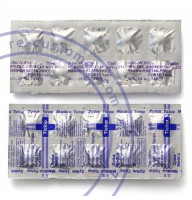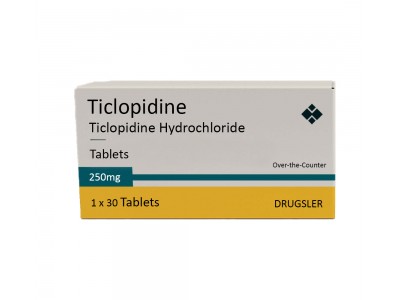Ticlopidine, like any medication, can cause side effects, some of which can be serious. Common side effects include gastrointestinal issues such as diarrhea, nausea, vomiting, and stomach pain. Other common side effects may include headache, dizziness, and rash.
More serious side effects of ticlopidine can include a decrease in white blood cell count (agranulocytosis), which can weaken the immune system and increase susceptibility to infections. This is a potentially severe side effect that requires immediate medical attention if symptoms such as fever, sore throat, or mouth sores develop. Liver function abnormalities and allergic reactions (including severe skin reactions) are also possible, though less common.
Additionally, ticlopidine has been associated with a rare but serious side effect known as thrombotic thrombocytopenic purpura (TTP), a condition characterized by blood clot formation in small blood vessels throughout the body. Symptoms of TTP may include fever, neurological changes (such as confusion or seizures), bruising, and signs of organ damage. TTP requires prompt medical intervention.
Due to these potential side effects, ticlopidine is generally reserved for patients who cannot tolerate other antiplatelet medications like aspirin or clopidogrel, or in cases where these medications are ineffective. Regular monitoring of blood counts and liver function is often recommended during treatment with ticlopidine to detect any potential adverse effects early.
As with any medication, it's important for patients to discuss potential side effects with their healthcare provider before starting treatment with ticlopidine. They should promptly report any unusual symptoms or side effects to their healthcare provider to ensure appropriate management and adjustment of treatment if necessary.

